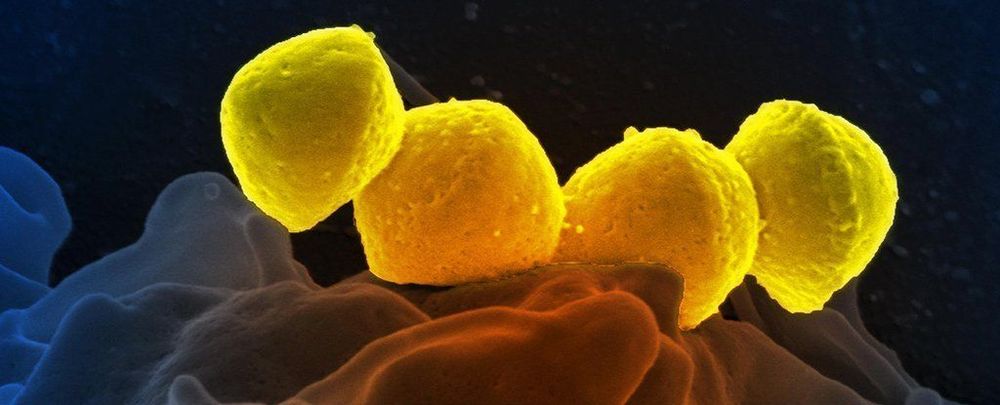Once a leading cause of death for children across the western world, scarlet fever was nearly eradicated thanks to 20th century medicine. But fresh outbreaks in the UK and North East Asia over recent years suggest we’ve still got a long way to go.
Just why we’re experiencing a resurgence of the deadly pathogen is a mystery. A new study has uncovered clues in the genome of one of the bacterial strains responsible, showing just how complex the family tree of infectious diseases can be.
The species behind the illness is group A strep, or Streptococcus pyogenes; a ball-shaped microbe that can churn out toxic compounds called superantigens, capable of wreaking havoc inside the body. Especially in children.










Comments are closed.